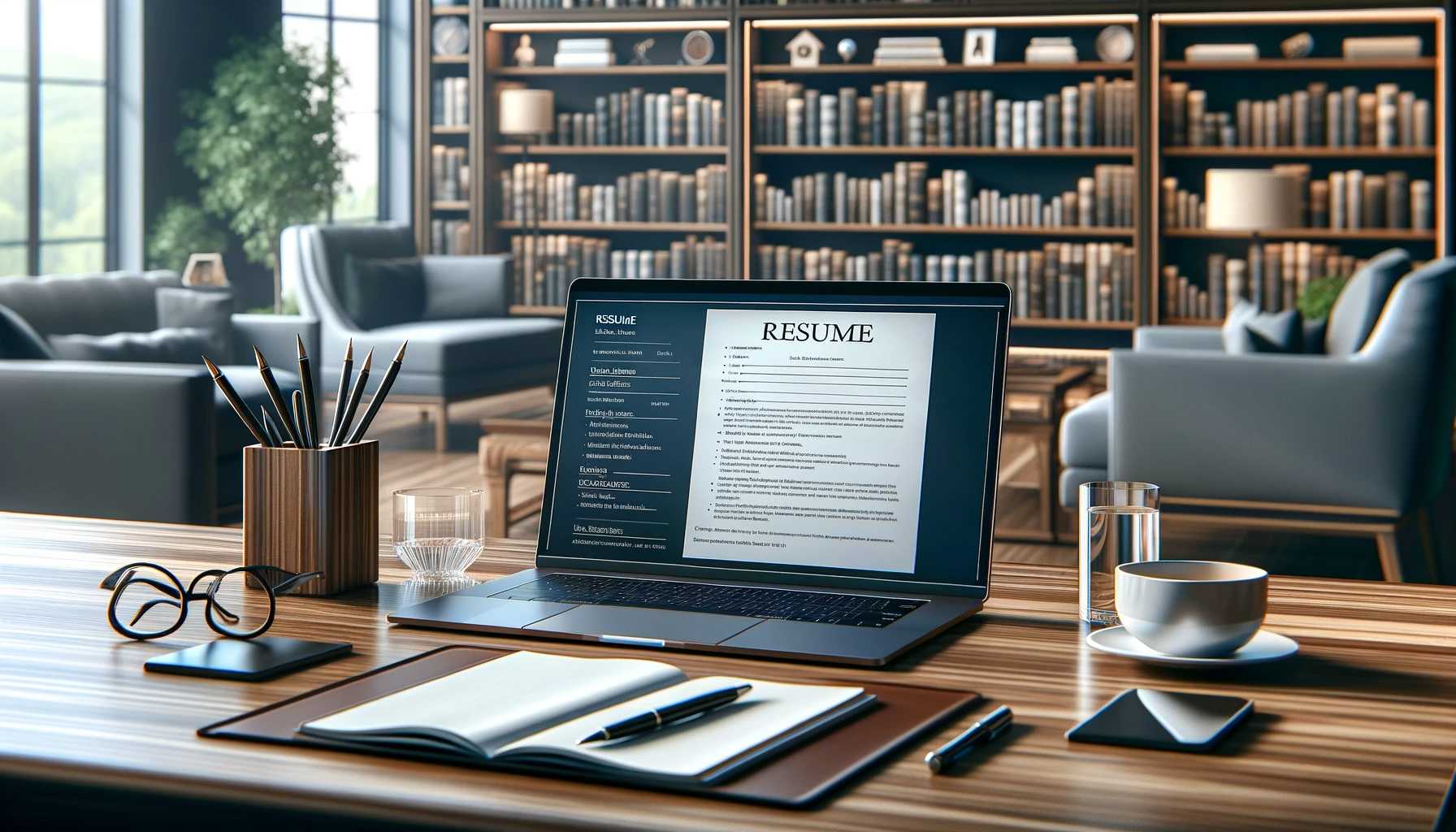How Should a Professional Resume Look Like?
Creating a professional resume is an essential step in your job search journey. A well-crafted resume not only showcases your skills and experience but also presents you as a competent and qualified candidate to potential employers. However, with various resume formats and styles available, how should a professional resume look like? In this blog post, we'll provide a comprehensive guide to help you understand the key elements and design principles that make a resume look professional and stand out.
Understanding the Importance of a Professional Resume
First Impressions Matter
Your resume is often the first impression a potential employer has of you. A professional-looking resume can capture the recruiter's attention, set the right tone, and make a lasting impression, increasing your chances of moving forward in the hiring process.
Reflecting Your Professionalism
A professional resume reflects your professionalism, attention to detail, and commitment to excellence. It showcases your ability to organize information effectively, communicate clearly, and present yourself professionally, qualities that employers value in candidates.
Tailoring to the Job
A professional resume is tailored to the job you're applying for. It highlights your relevant skills, experience, and qualifications that align with the job requirements, demonstrating your fit and suitability for the position.
Key Elements of a Professional-Looking Resume
Clear and Consistent Formatting
The formatting of your resume should be clear, consistent, and easy to read. Use a clean layout with organized sections, bullet points, and headings to structure your information effectively. Consistency in font sizes, styles, and formatting enhances readability and creates a cohesive and professional look.
Professional Font and Font Size
Choose a professional font like Arial, Calibri, or Times New Roman in size 10-12 for the body text. Use larger fonts or bold text for headings and subheadings to differentiate sections and guide the reader through your resume. Avoid decorative or hard-to-read fonts that may distract from your content and detract from your resume's professional appearance.
Relevant Contact Information
Include your name, phone number, email address, and LinkedIn profile at the top of your resume. Make sure your contact information is accurate and up-to-date, and use a professional email address that consists of your name or initials to ensure a professional first impression.
Strong Summary or Objective Statement
Start your resume with a strong summary or objective statement that briefly highlights your key qualifications, skills, and career goals. Tailor your summary or objective to the job you're applying for and showcase your enthusiasm, motivation, and alignment with the position and company effectively.
Relevant Experience and Achievements
List your work experience in reverse chronological order, starting with your most recent job. Include relevant job titles, company names, dates of employment, and bullet points that highlight your responsibilities, achievements, and contributions in each role. Focus on quantifiable achievements and results that demonstrate your impact and effectiveness in previous positions.
Education and Certifications
Include your educational background, degrees, certifications, and relevant coursework to showcase your academic achievements and qualifications. Highlight any honors, awards, or extracurricular activities that demonstrate your commitment, leadership, and involvement in academic and professional communities.
Skills and Competencies
List relevant skills and competencies that align with the job requirements. Include technical skills, soft skills, and industry-specific skills that demonstrate your ability to excel in the position and contribute to the company effectively. Tailor your skills section to match the job description and highlight your strengths and areas of expertise.
Professional Associations and Memberships
Include memberships in professional associations, organizations, or societies related to your industry. Highlight any leadership roles, committee involvement, or contributions that demonstrate your commitment to professional development and networking within your field.
Tips for Creating a Professional-Looking Resume
Tailor Your Resume to the Job
Customize your resume for each job application by highlighting relevant skills, experience, and qualifications that align with the job description. Research the company, industry, and role to understand their requirements and expectations, and tailor your resume to showcase your fit and suitability effectively.
Use Action Verbs and Active Voice
Use strong action verbs and active voice to describe your responsibilities, achievements, and contributions in previous roles. Start bullet points with dynamic verbs like "managed," "led," "developed," or "achieved" to showcase your initiative, leadership, and impact effectively.
Proofread and Edit Carefully
Proofread your resume carefully to ensure accuracy, clarity, and professionalism. Check for grammatical errors, typos, and inconsistencies, and ensure that your resume is polished and error-free before submitting it to potential employers.
Seek Feedback and Review
Seek feedback from mentors, colleagues, or career advisors to review your resume and provide constructive criticism and suggestions for improvement. A fresh perspective can help you identify areas for refinement and ensure that your resume is professional, compelling, and ready to impress potential employers.
Conclusion
A professional-looking resume is essential for making a positive impression and standing out in the competitive job market. By understanding the key elements and design principles that make a resume look professional, and following tips for creating a professional-looking resume effectively, you can craft a resume that showcases your skills, experience, and qualifications effectively, demonstrates your fit and alignment with job requirements and company culture, and resonates with potential employers.
So, whether you're crafting your first resume, updating an existing one, or seeking a career change, take the time to understand how a professional resume should look like and focus on creating a well-organized, clear, and compelling document that reflects your professionalism, highlights your strengths, and maximizes your chances of success in the job search process.
Here's to crafting a professional-looking resume with confidence, clarity, and determination, and pursuing your career goals and aspirations with enthusiasm, motivation, and commitment in the dynamic and rewarding world of work!









